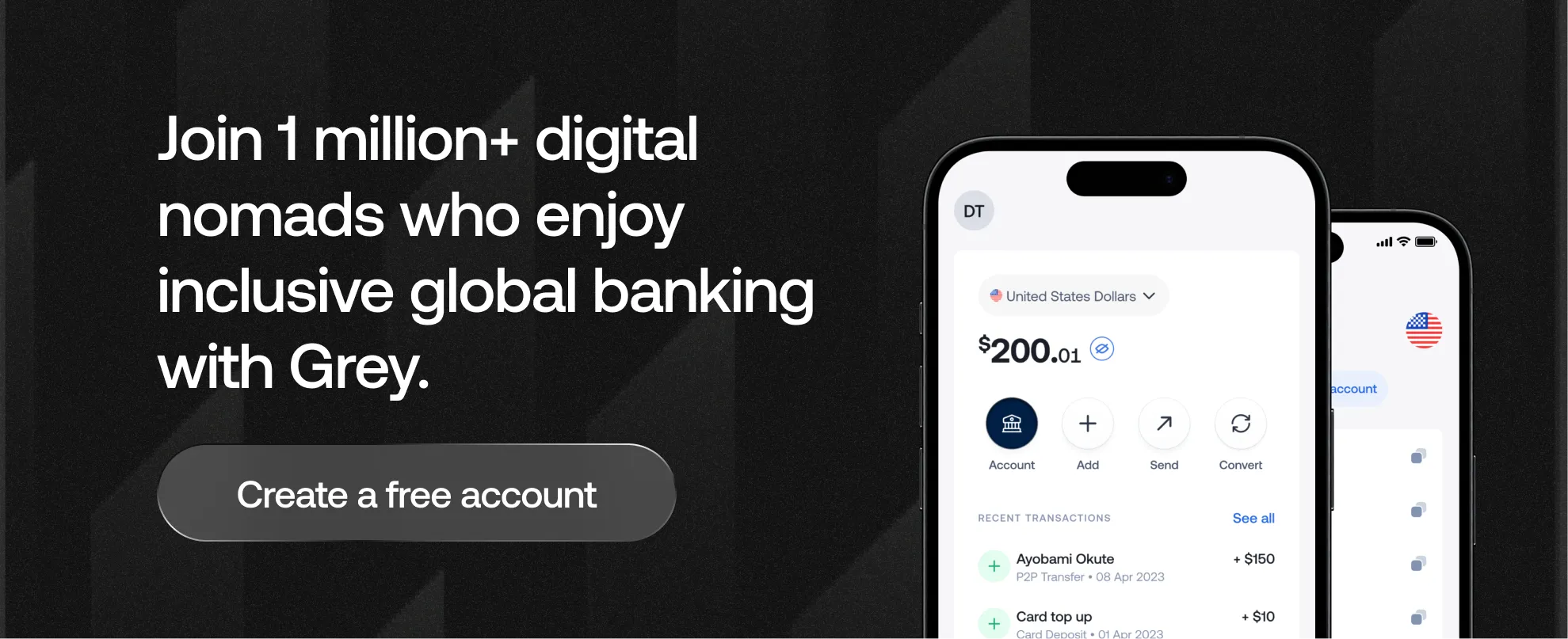

If you’ve ever stared blankly at a new client inquiry, wondering what to charge, you’re not alone. Pricing your freelance services is one of the trickiest parts of going solo. Charge too little, and you will feel resentful and overworked. Charge too much and you worry about scaring clients away.
So, how do you decide what your time, skills, and effort are truly worth?
Here, I’ll walk you through everything you need to know, from hourly vs. project-based pricing to market research to building a rate that reflects your value and brings in steady work.
Also read: How to network better as a world-class remote freelancer
Before you consider what others are charging, start with what you need to earn. This will give you a clear baseline from which to work.
Here’s how to do it:
Let’s say you need $1,500/month and can realistically bill 60 hours. That puts your baseline hourly rate at $25.
This number is your survival rate. Now let’s move to your thriving rate.
Look at what other freelancers in your niche and region are charging. Use platforms like Upwork, Fiverr, Freelancer and Glassdoor.
Check portfolio websites and job boards too. Are they charging hourly or per project? Do they list their rates? What level of experience do they have?
Once you gather data, use it to position yourself, not just to copy-paste someone else’s rate. You can charge more than a generalist if you have a specialised skill or niche (e.g., UX writing for fintech).
There are three common ways freelancers charge:
If you’re confident in your process and speed, project-based pricing can increase your earnings without chaining you to the clock.
You might work 40 hours a week, but not all are billable. Think:
Your rates must account for the unpaid time that keeps your business running. This is why experienced freelancers charge more. They’re not just paid for the hours they’re typing.
Freelancers don’t get employer-covered benefits, so your rate should make space for:
This is especially important for freelancers working globally. If you earn in USD, for example, you’ll want to monitor local currency fluctuations and potential conversion fees.
Platforms like Grey make this easier, letting you receive international payments in USD, EUR, or GBP and convert them with low fees, so your hard-earned money stays with you.
Also read: Top platforms to receive freelance payments worldwide
If you’ve been charging the same rate for 2 years, it’s probably time for a raise. Some signs include:
Your rates should evolve with your experience. Don’t be afraid to update your pricing and communicate the value you bring.
Pricing is both math and mindset. How you talk about your rate matters as much as the number.
Avoid saying things like:
Instead, try:
You don’t have to sound like a robot, but you do have to sound sure.
Also read: How to find high-paying clients as a freelancer in Africa
There’s no one-size-fits-all number. But there is a sweet spot between what you need, what the market pays, and what reflects your skills.
Be honest. Be strategic. And above all, don’t undercharge yourself out of fear.
Also read: How to budget as a freelancer and manage irregular income
Whether you charge in euros, dollars, or pounds, Grey helps you receive international freelance payments without stress. You can open free virtual accounts in multiple currencies, convert your earnings at great rates, and withdraw straight to your local bank account.
Create your Grey account today or download the app to enjoy inclusive global banking designed to carry your dreams across borders.




.svg)
Back to top